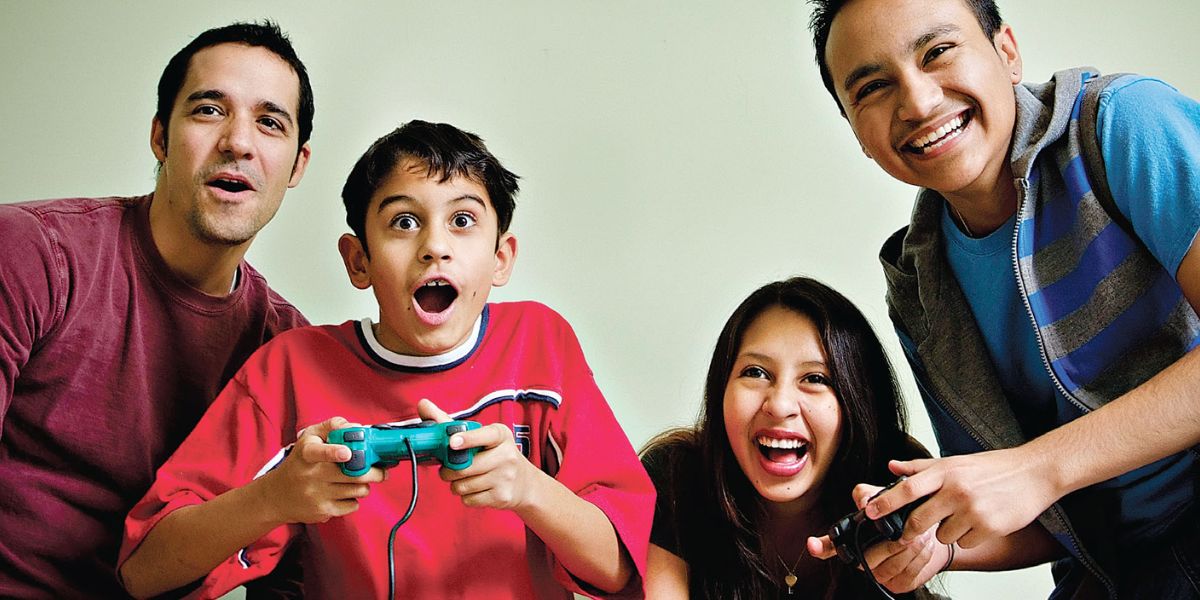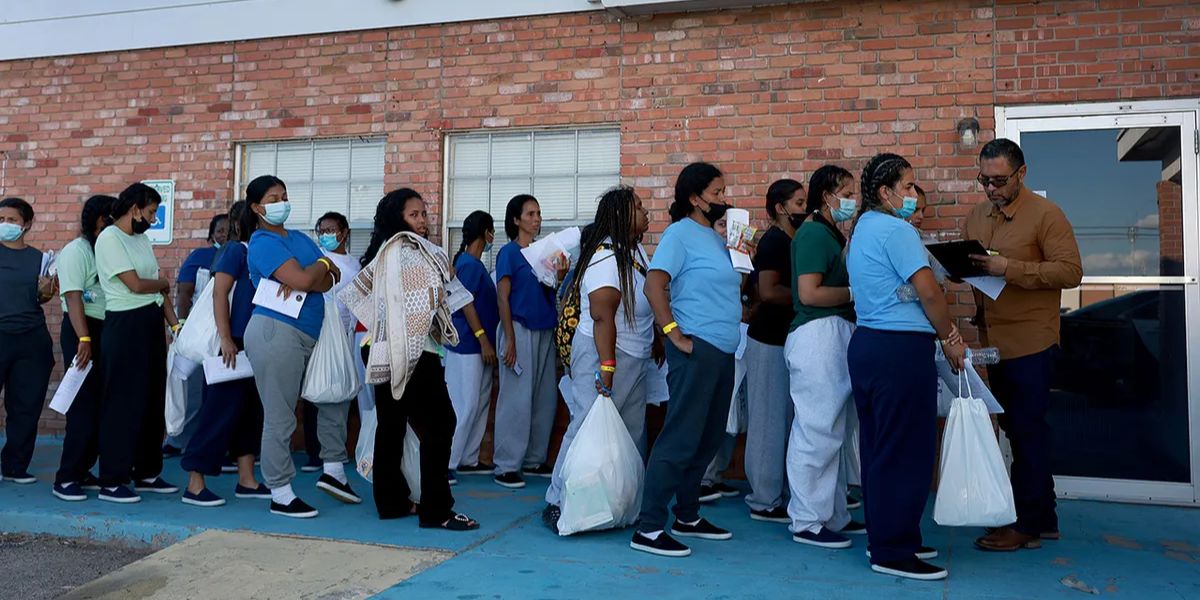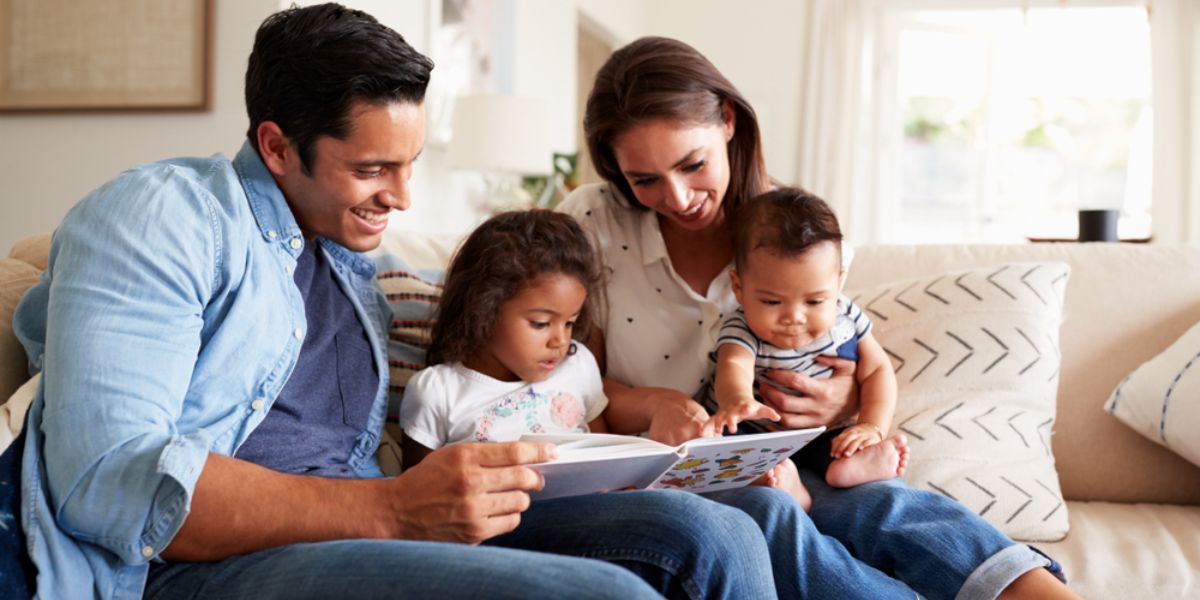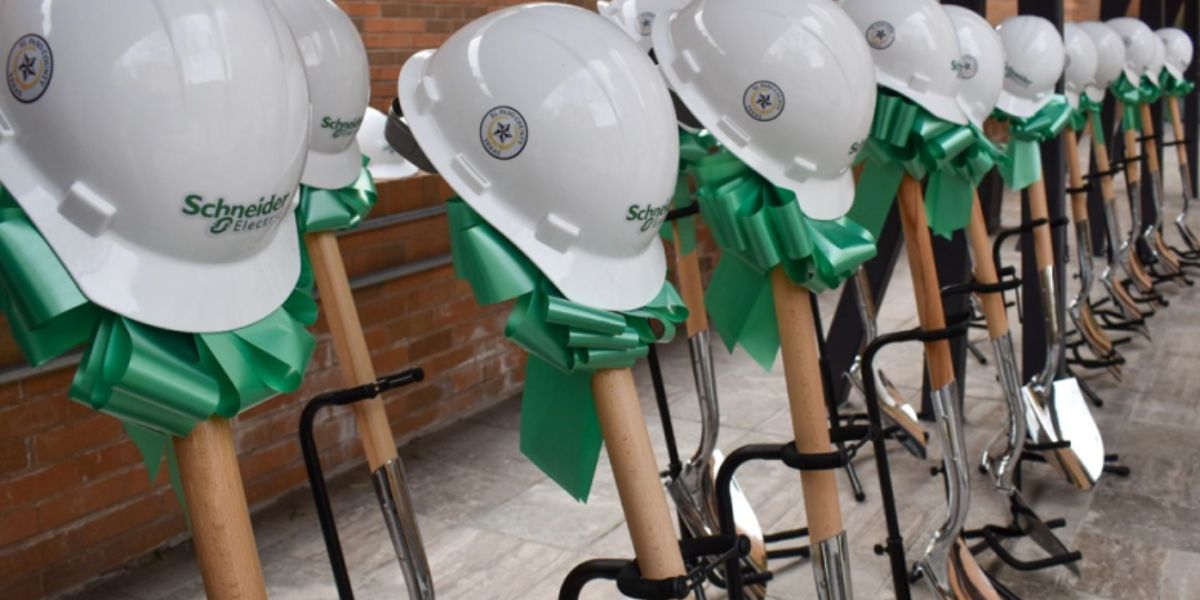El Paso, TX – In a world where families are juggling economic pressures, digital distractions, and fast-paced lifestyles, one thing has never been more essential — clear and compassionate communication. Across El Paso and beyond, experts say that strong family communication skills are not just about harmony at home — they’re critical for mental health, conflict prevention, and emotional resilience in 2025’s increasingly complex world.
The Changing Landscape of Family Life
Modern family life looks very different than it did a decade ago. Parents are working longer hours, children are navigating digital spaces filled with constant stimulation, and extended families are often spread across cities or even countries. These changes have made it harder for families to connect meaningfully — leading to misunderstandings, emotional distance, and increased tension.
Table of Contents
As Miguel Ortega, a family support practitioner based in El Paso, notes:
“Families today face more external stress than ever before. Communication isn’t just a nice-to-have skill anymore — it’s the foundation that keeps families together under pressure.”
The effects of poor communication are well-documented. Studies from the American Psychological Association show that families who rarely engage in open dialogue are more likely to experience anxiety, behavioral issues in children, and unresolved conflicts that escalate over time.
Why 2025 Makes Communication Even More Crucial
The challenges of 2025 — from financial strain to digital overload — are pushing families to adapt in new ways. Rising living costs, evolving job markets, and the lingering effects of pandemic-era isolation have created a perfect storm of stressors.
Digital communication, while convenient, often replaces face-to-face connection. Many families rely on text messages and quick updates rather than conversations that build emotional understanding. The result? Children and parents alike report feeling more connected online, but lonelier in real life.
“We’re surrounded by ways to talk, but fewer reasons to listen,” Ortega says. “That’s where families need to slow down, make eye contact, and truly hear one another again.”
Emotional Intelligence Starts at Home
Developing emotional intelligence (EQ) begins within the family unit. When parents model empathy, active listening, and calm problem-solving, children learn those same behaviors — skills that protect them from impulsive conflict or emotional shutdown later in life.
Simple practices like asking open-ended questions (“How did that make you feel?”) or validating emotions (“I can see you’re frustrated — let’s talk about it”) create an environment of psychological safety. In such homes, mistakes are seen as opportunities to learn rather than reasons for shame or silence.
El Paso’s Family Strengthening Initiative, supported by local nonprofits such as Project Vida and Familias Unidas, offers workshops on emotional communication and active listening. Parents who attend report improvements in both family harmony and their children’s school performance — a sign that empathy has long-lasting benefits.
Preventing Conflict Through Better Dialogue
Family conflict is inevitable, but how it’s handled makes all the difference. Communication acts as a pressure valve, releasing tension before frustration turns into arguments or aggression.
In El Paso’s Parenting with Confidence program, families participate in role-playing exercises that teach:
- Reflective listening, to ensure everyone feels heard.
- I-statements, to express feelings without blame (e.g., “I feel worried when you don’t check in”).
- Calm-down strategies, to manage emotions before responding.
These simple tools have helped hundreds of local families reduce stress and strengthen relationships. Schools partnering with the program report fewer behavioral referrals and more cooperation among students — showing that the benefits extend beyond the home.
Bridging Generational and Cultural Gaps
In diverse communities like El Paso, family communication can also mean bridging generational and cultural divides. Immigrant families, for instance, may face differences in language, values, or expectations that make dialogue challenging.
Local programs now provide bilingual communication resources and family workshops that address these dynamics directly. By creating shared understanding across generations, families preserve their cultural identity while adapting to modern realities.
“When families talk openly about culture, identity, and expectations, they replace confusion with pride and connection,” Ortega explains.
Technology: Both a Challenge and a Tool
Technology has complicated family communication — but it also offers new opportunities. While screens can create distance, digital tools like family chat groups, video calls, and shared calendars can help families stay connected and organized when used intentionally.
Experts recommend setting tech boundaries — such as device-free dinners or weekly “check-in” nights — to restore real conversations. The goal isn’t to eliminate technology, but to use it in ways that strengthen rather than weaken family bonds.
Building Stronger Families for the Future
As families navigate the uncertainties of 2025, effective communication remains one of the strongest predictors of long-term well-being. It helps manage stress, strengthens trust, and builds the resilience needed to face future challenges together.
Community organizations, schools, and nonprofits across El Paso continue to lead the way, proving that communication isn’t just about talking — it’s about listening with empathy and acting with care.
“Every time a family talks through a problem instead of avoiding it, they grow stronger,” Ortega says. “That’s how we build resilient communities — one honest conversation at a time.”
What do you think?
How has communication helped your family stay connected through challenges? Share your thoughts or stories in the comments below and explore more family resilience insights at reachviolenceprevention.org.









